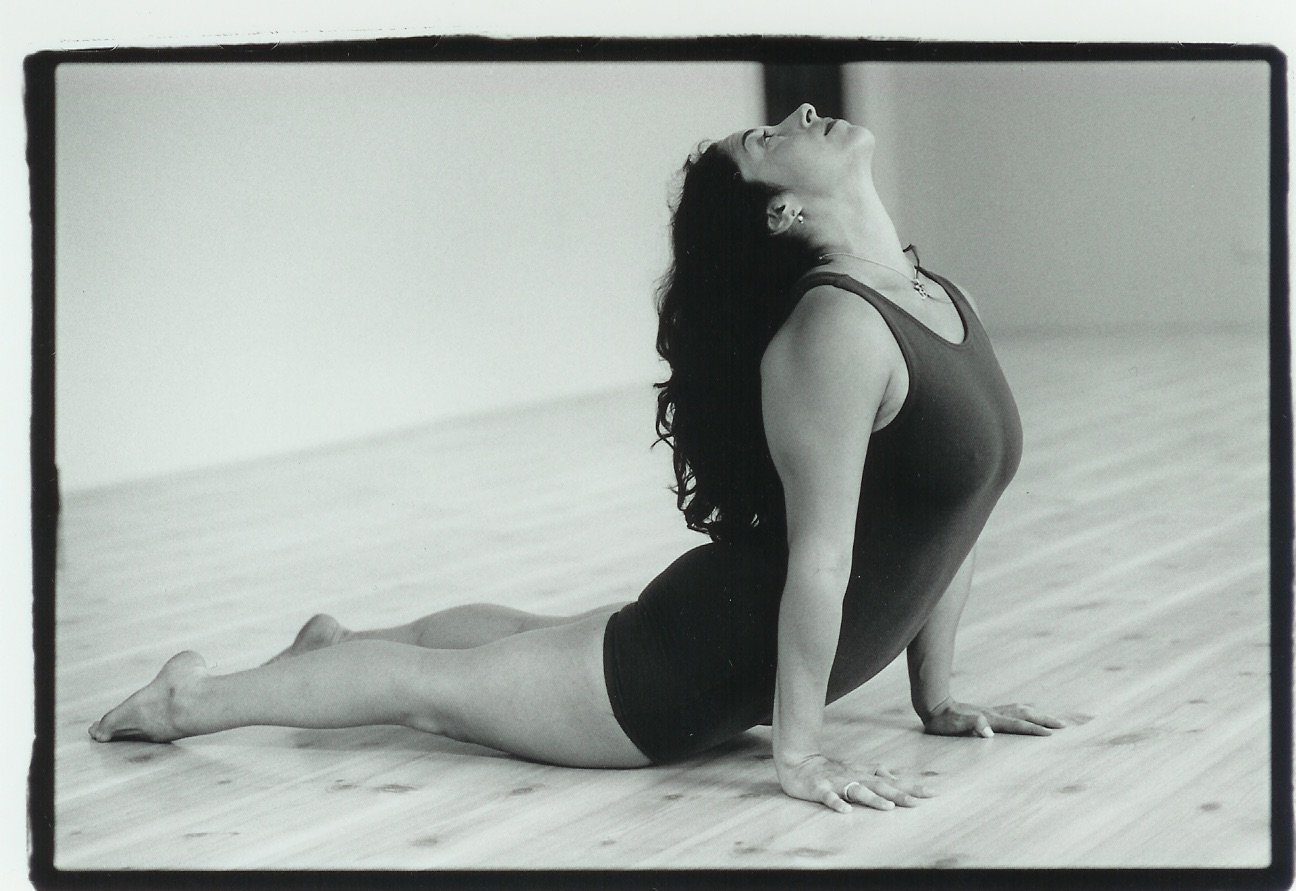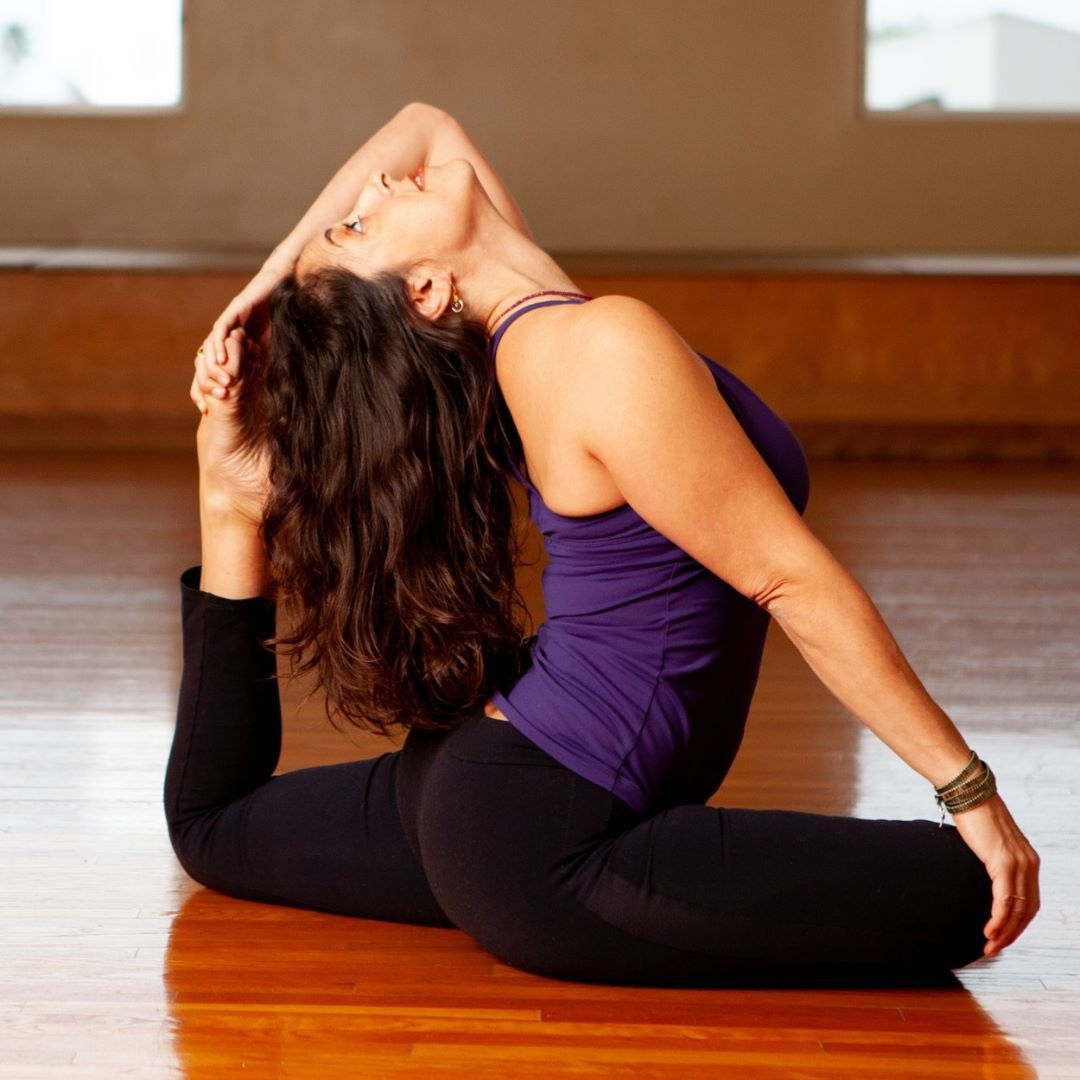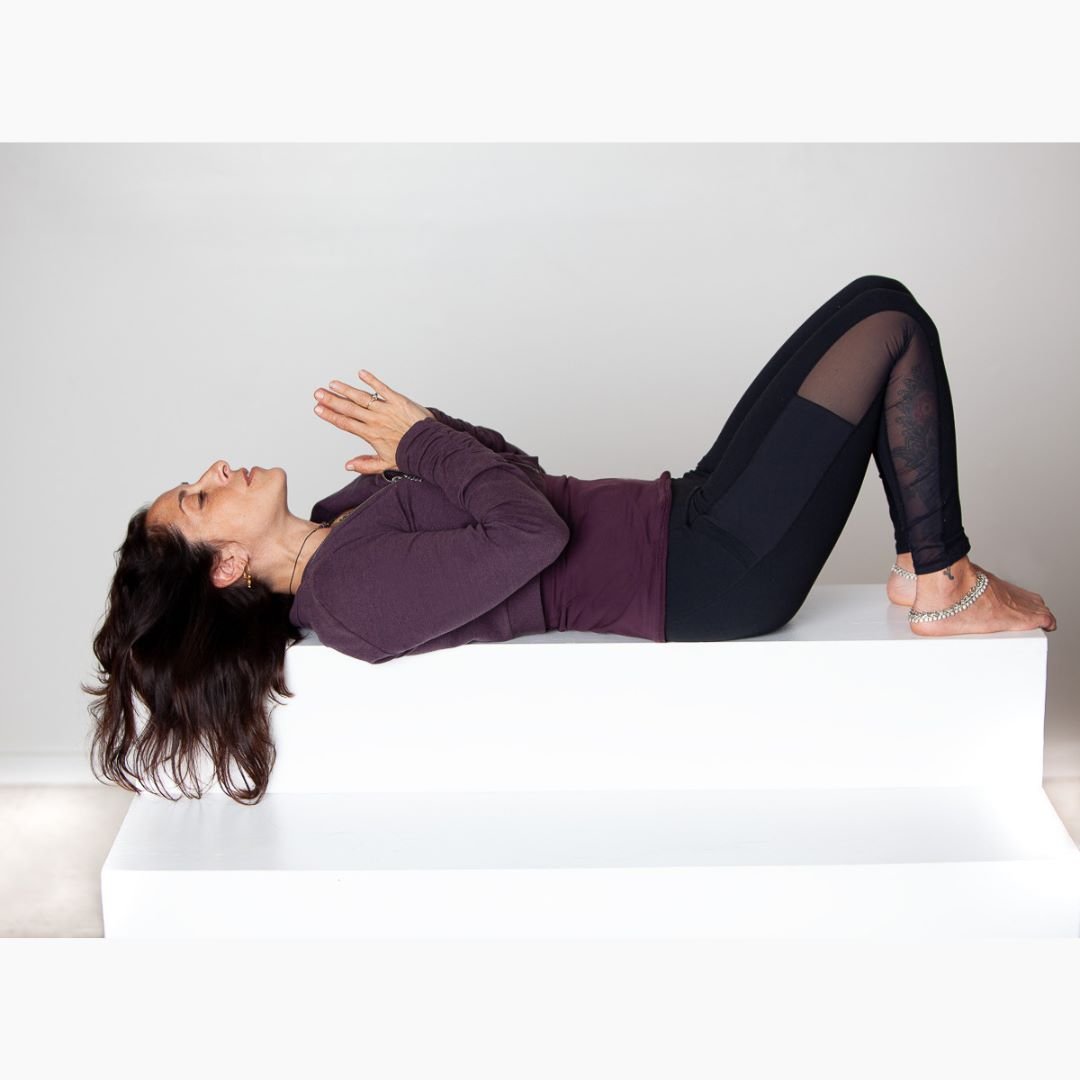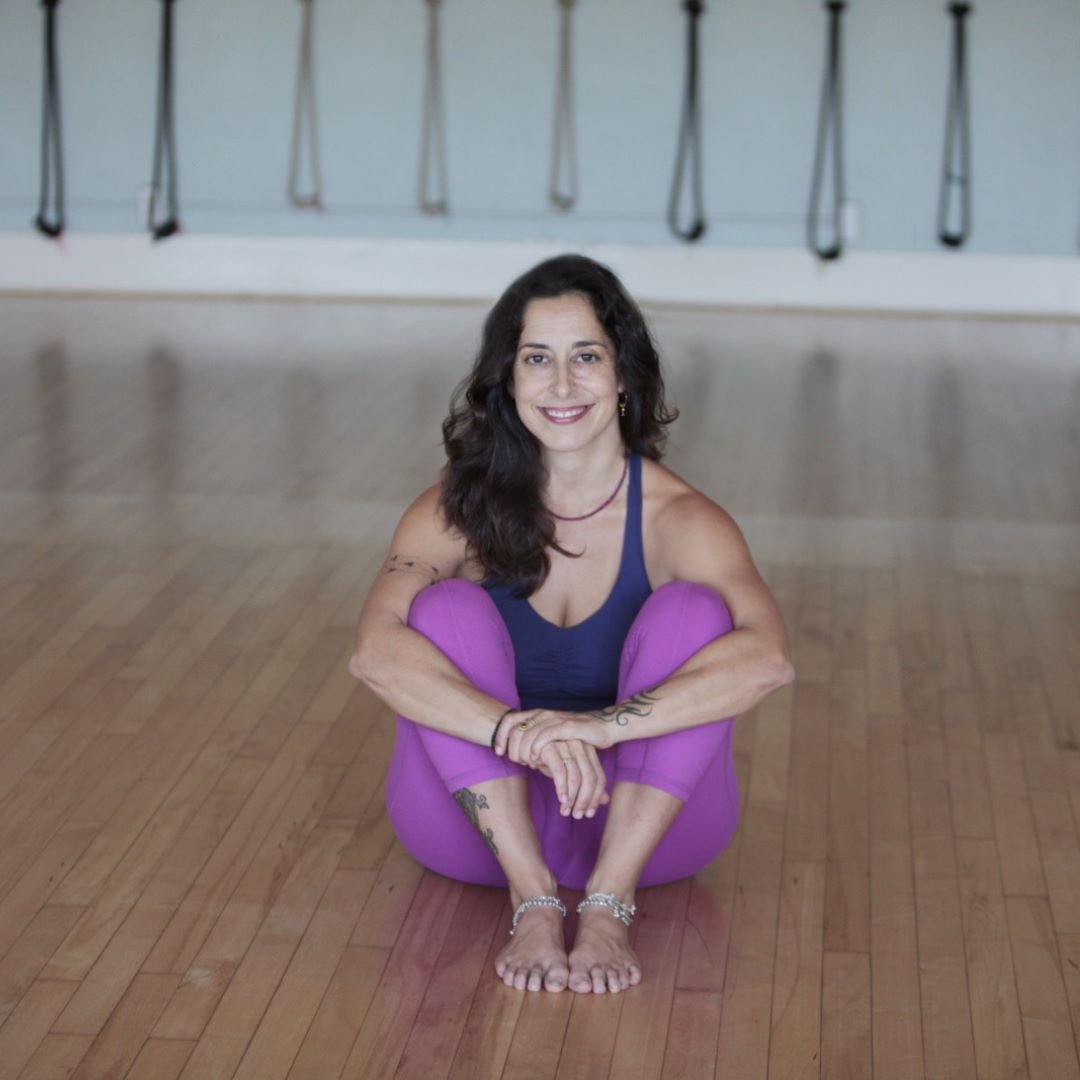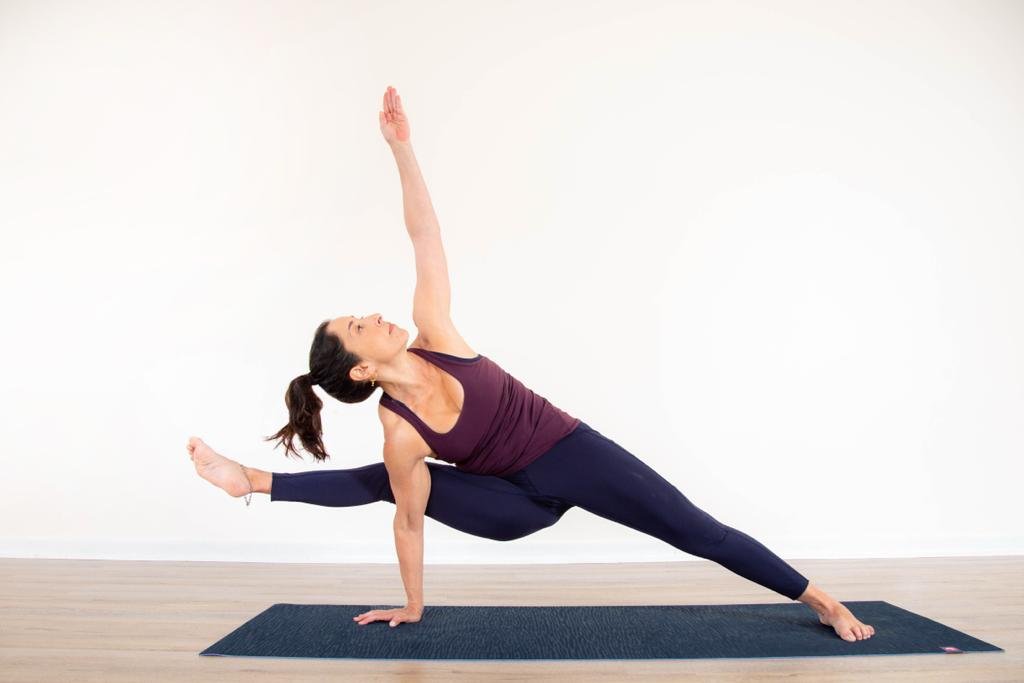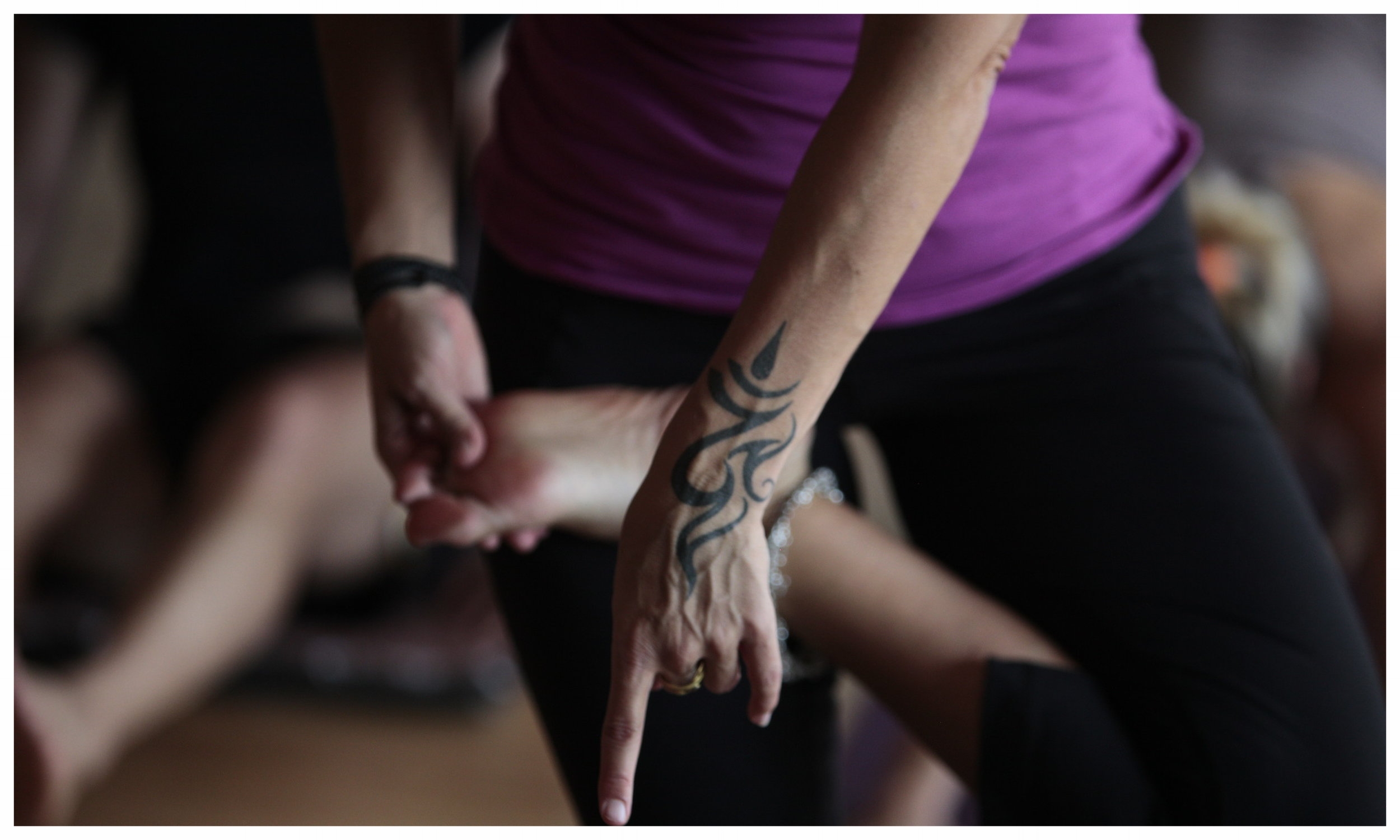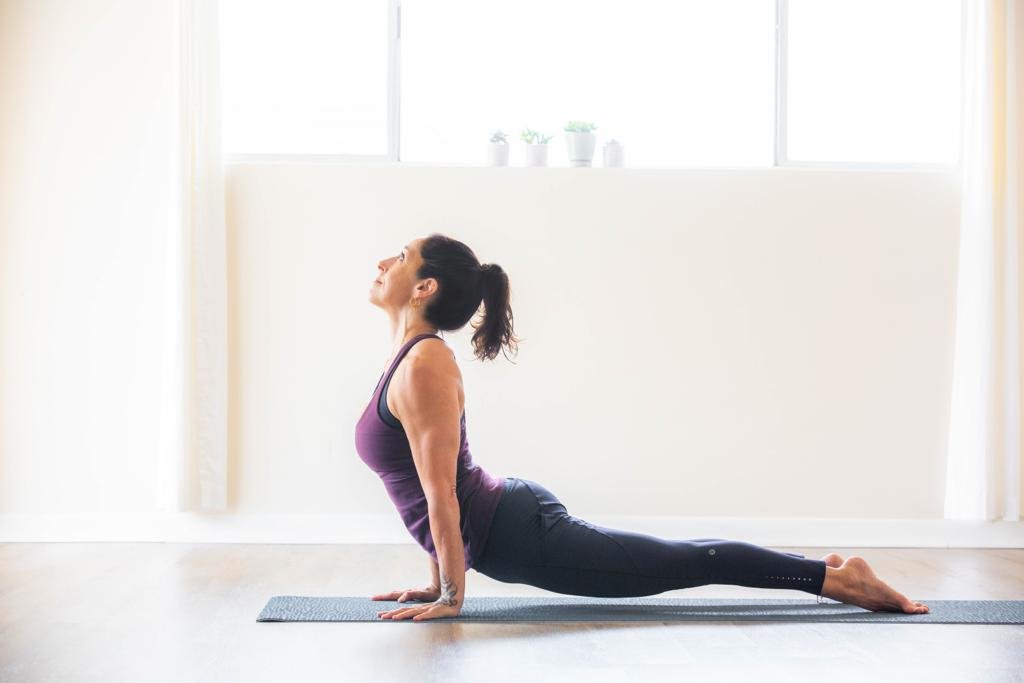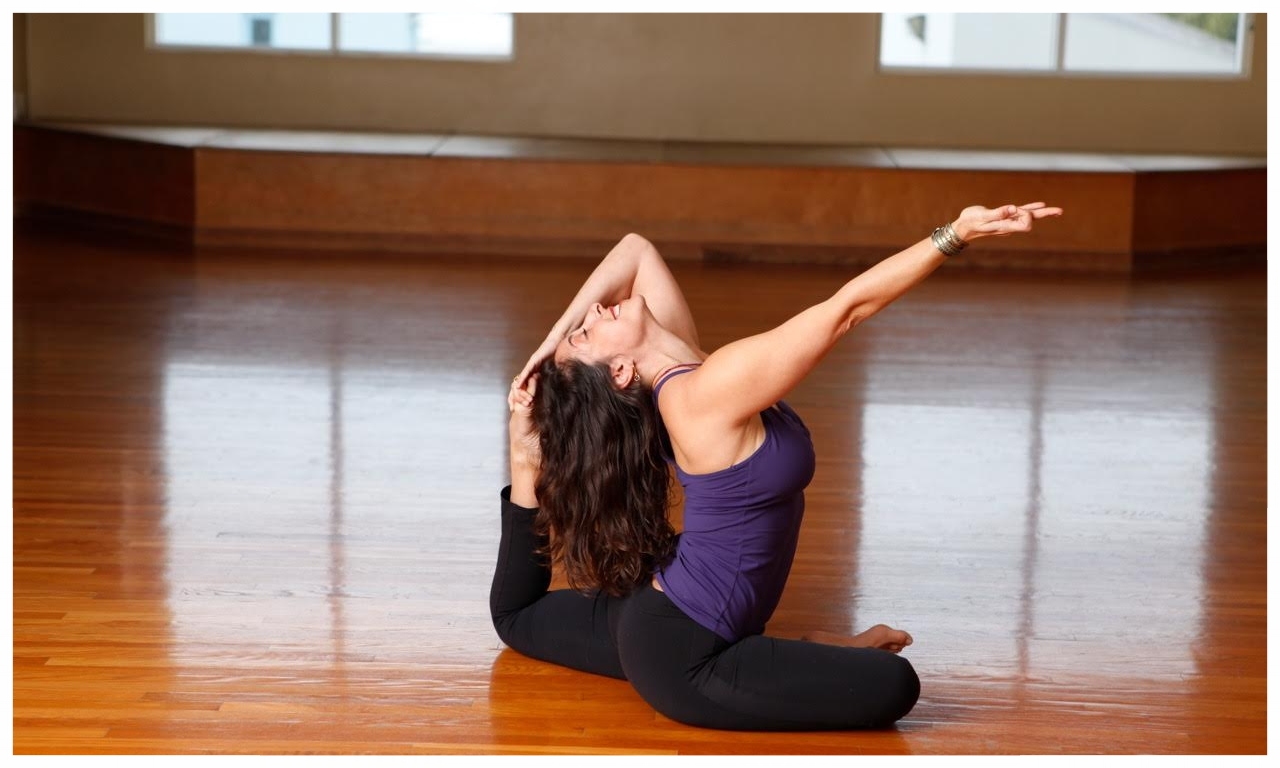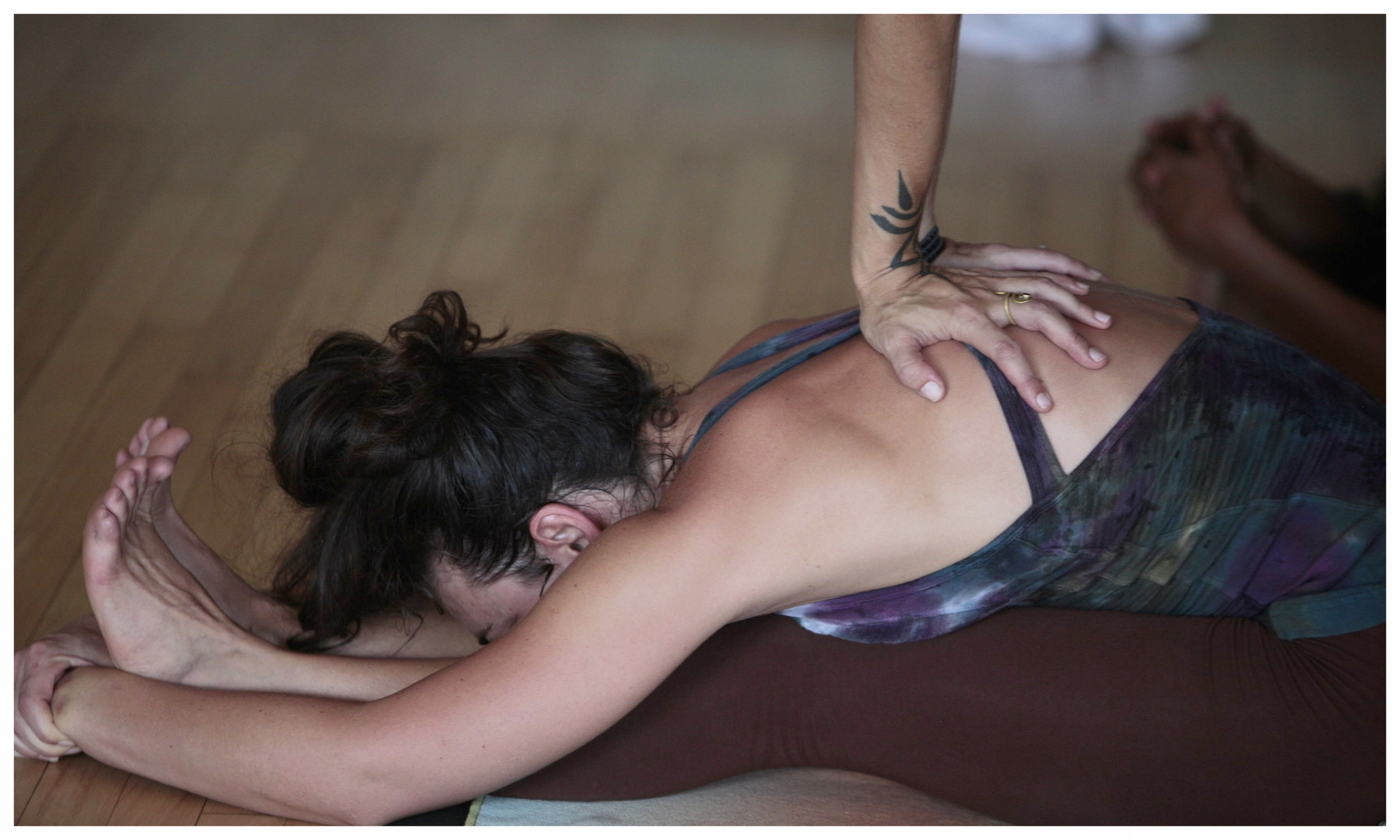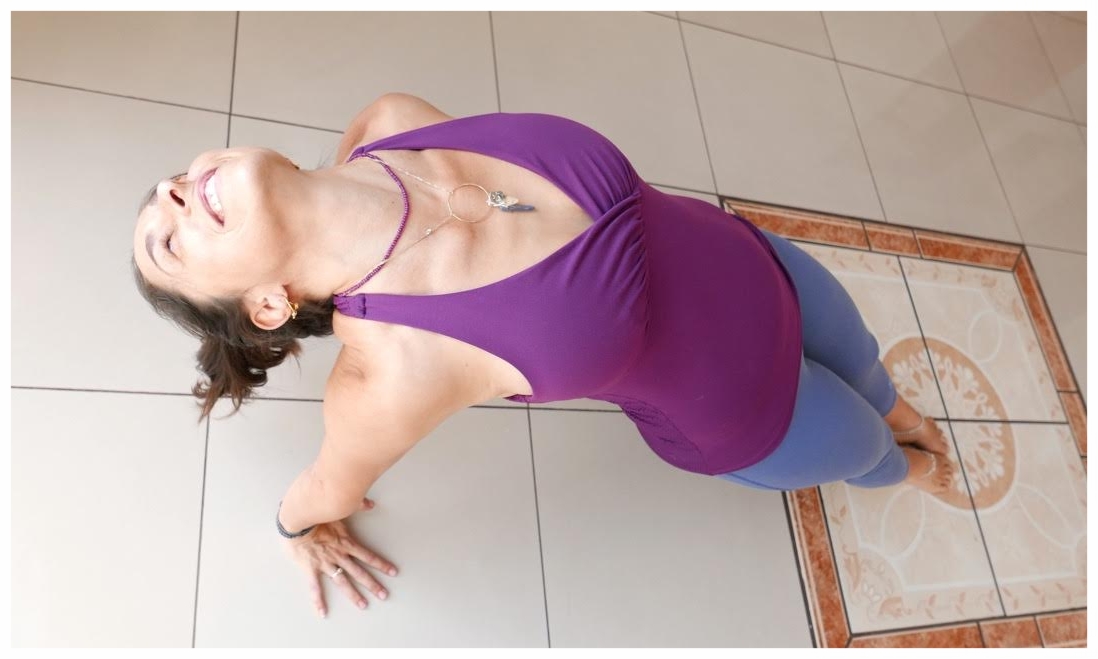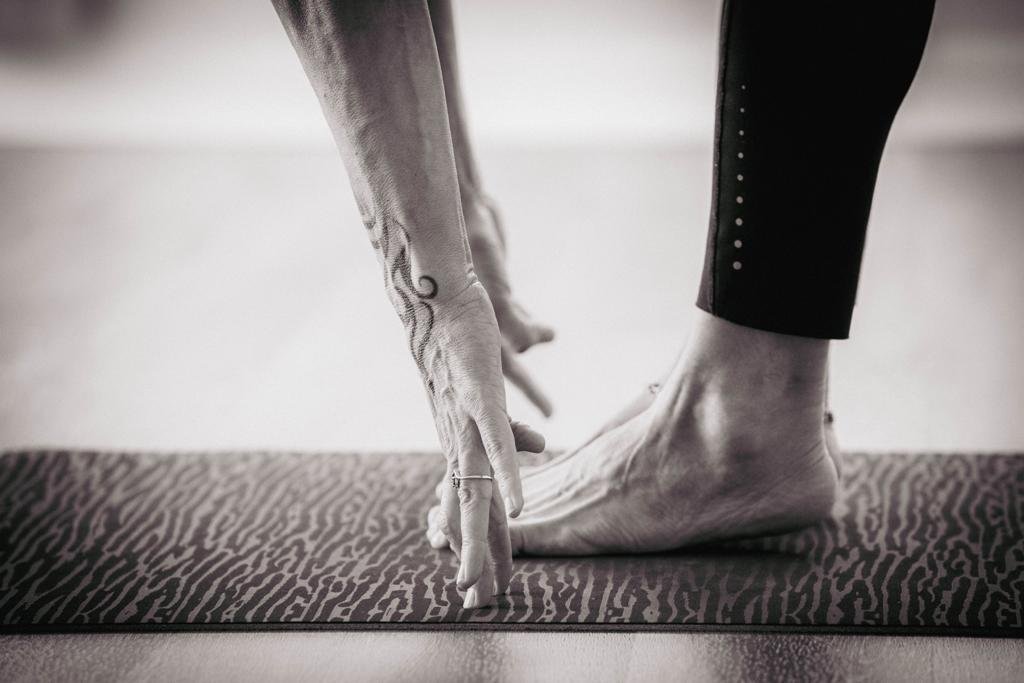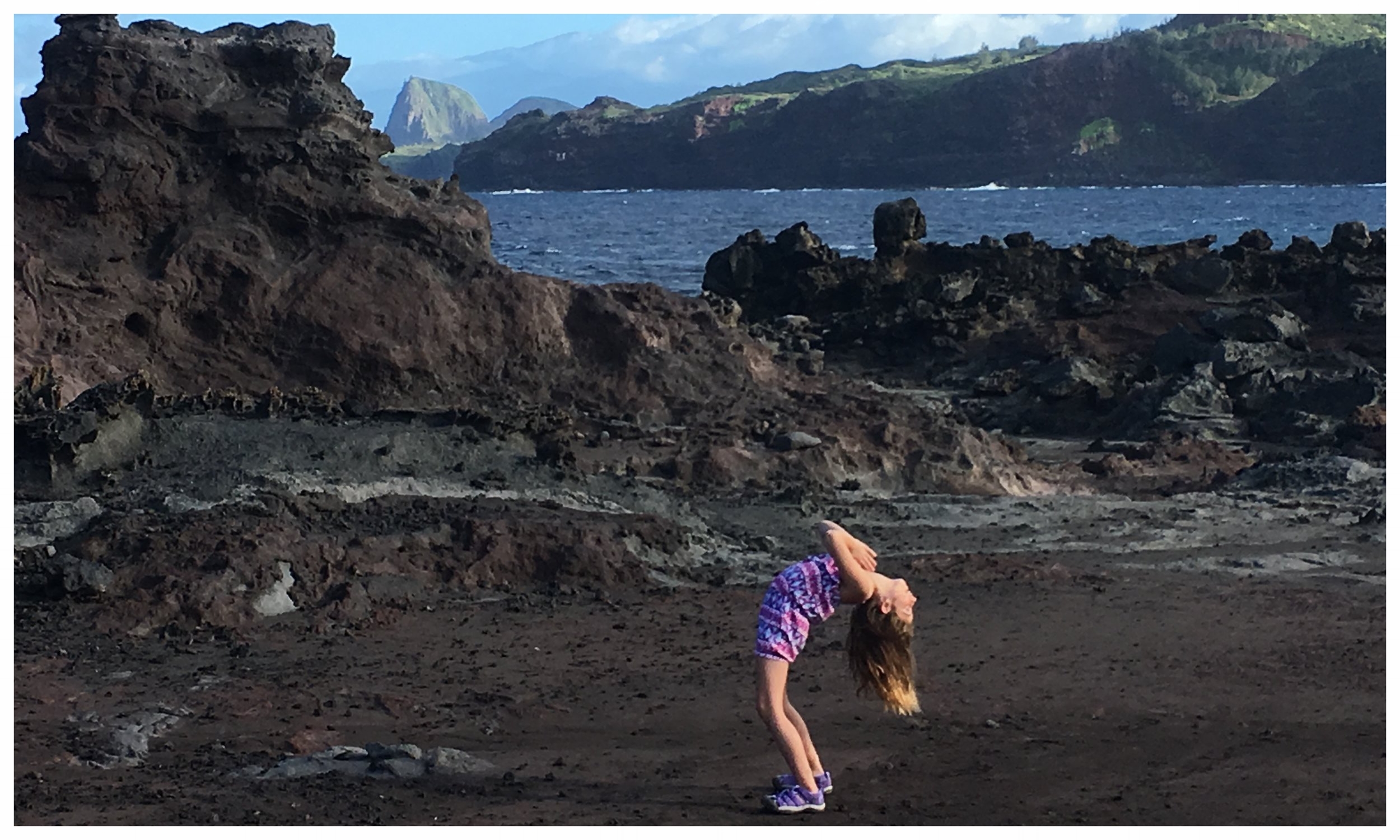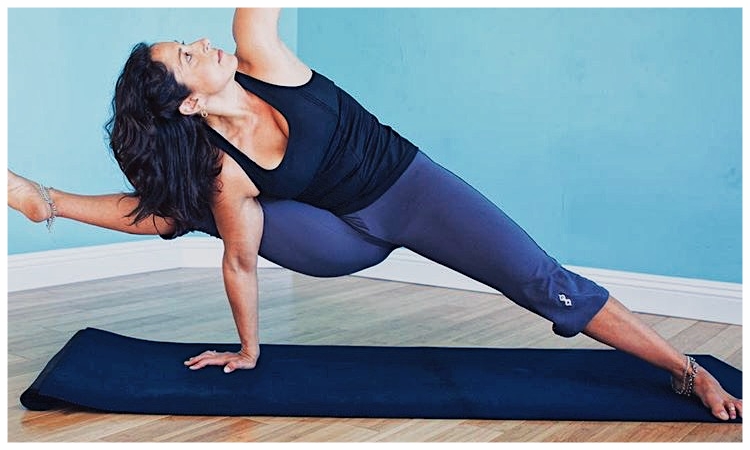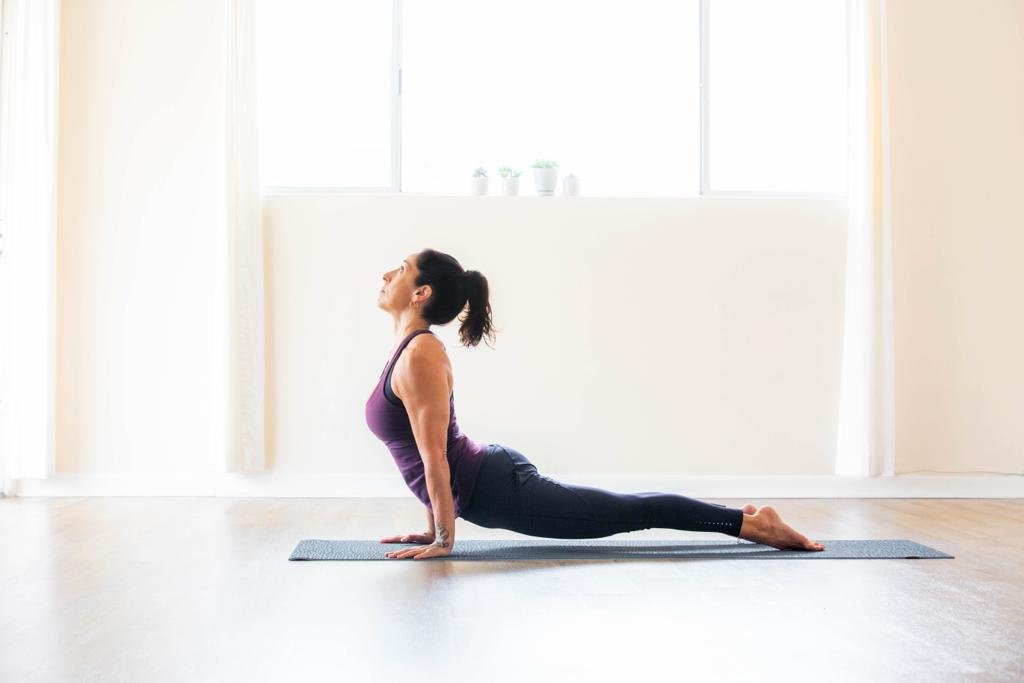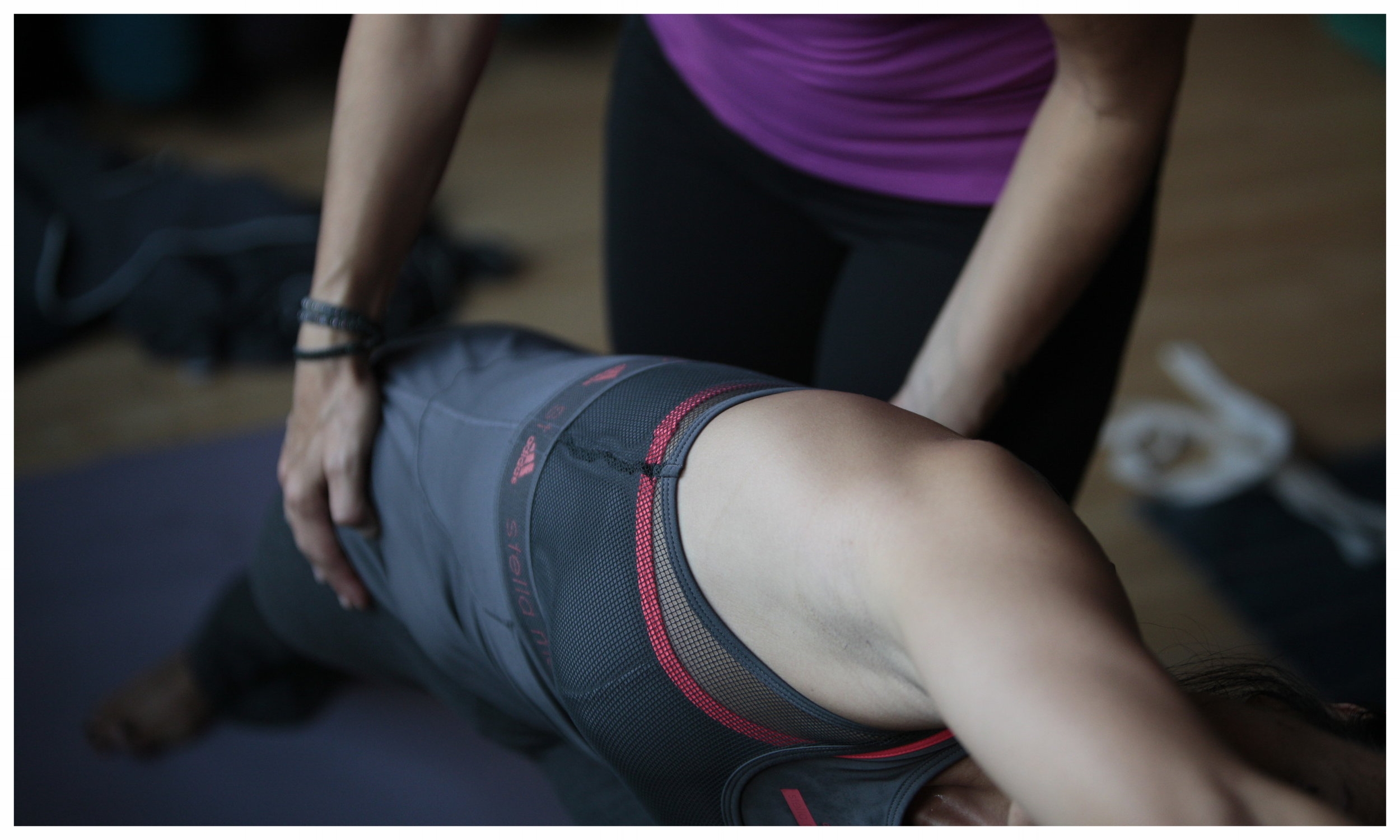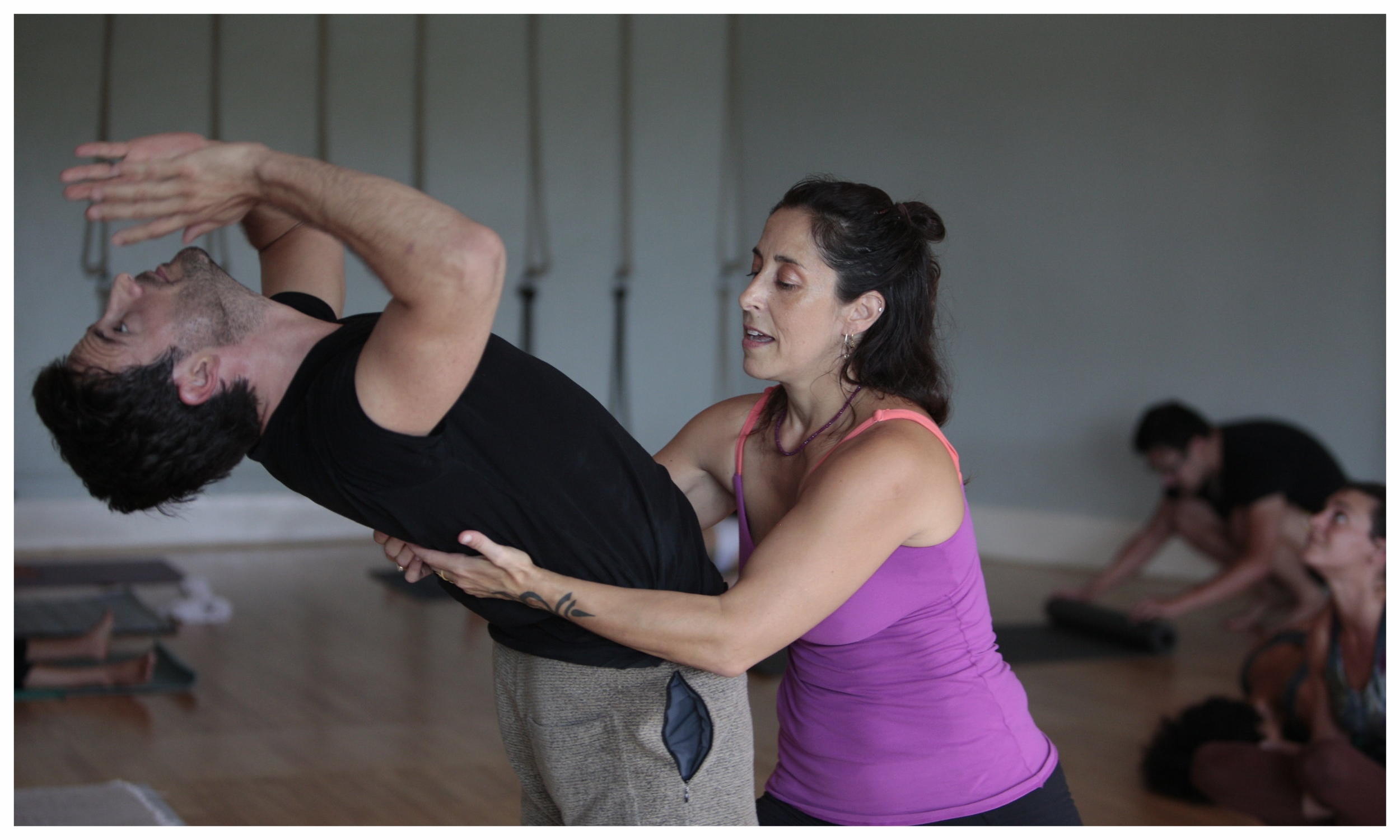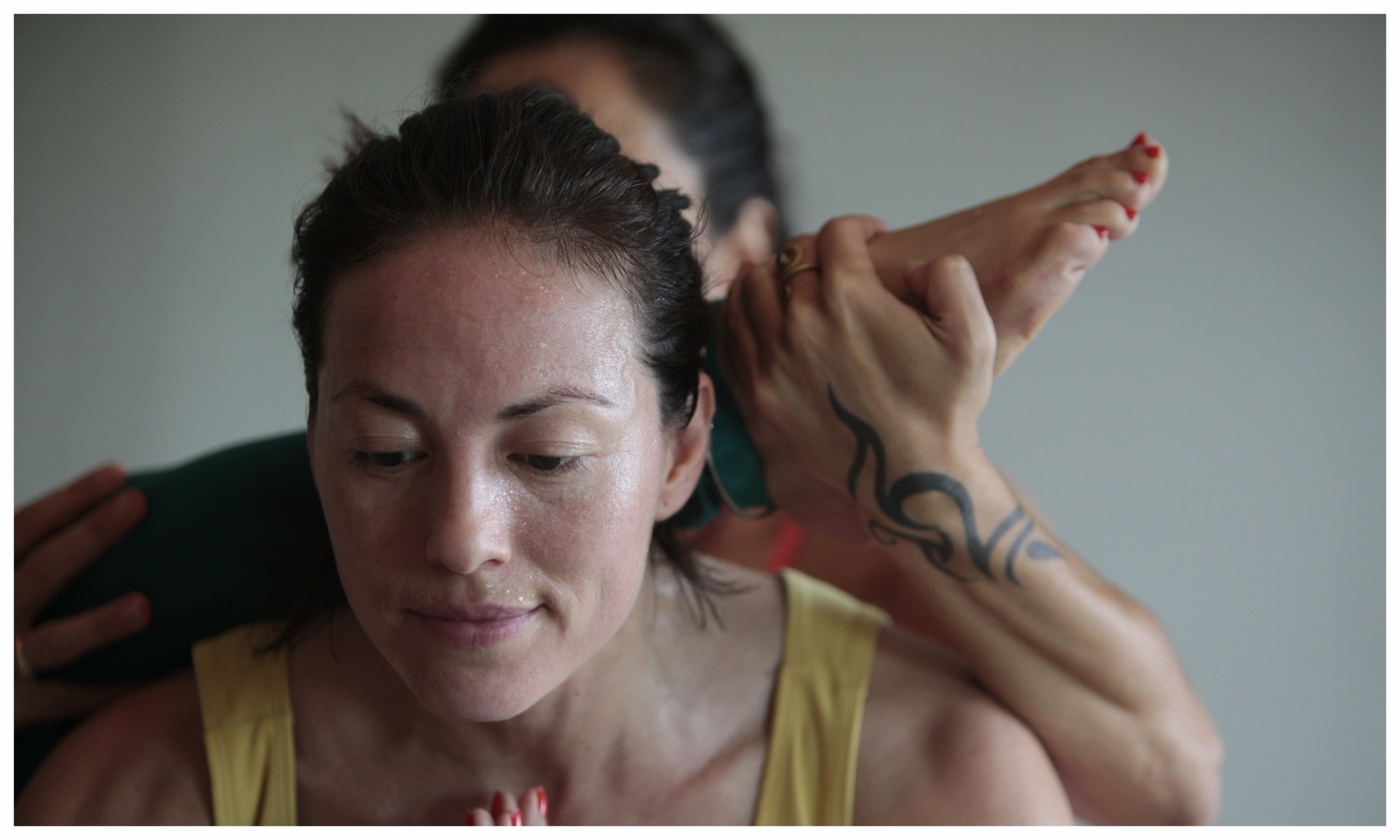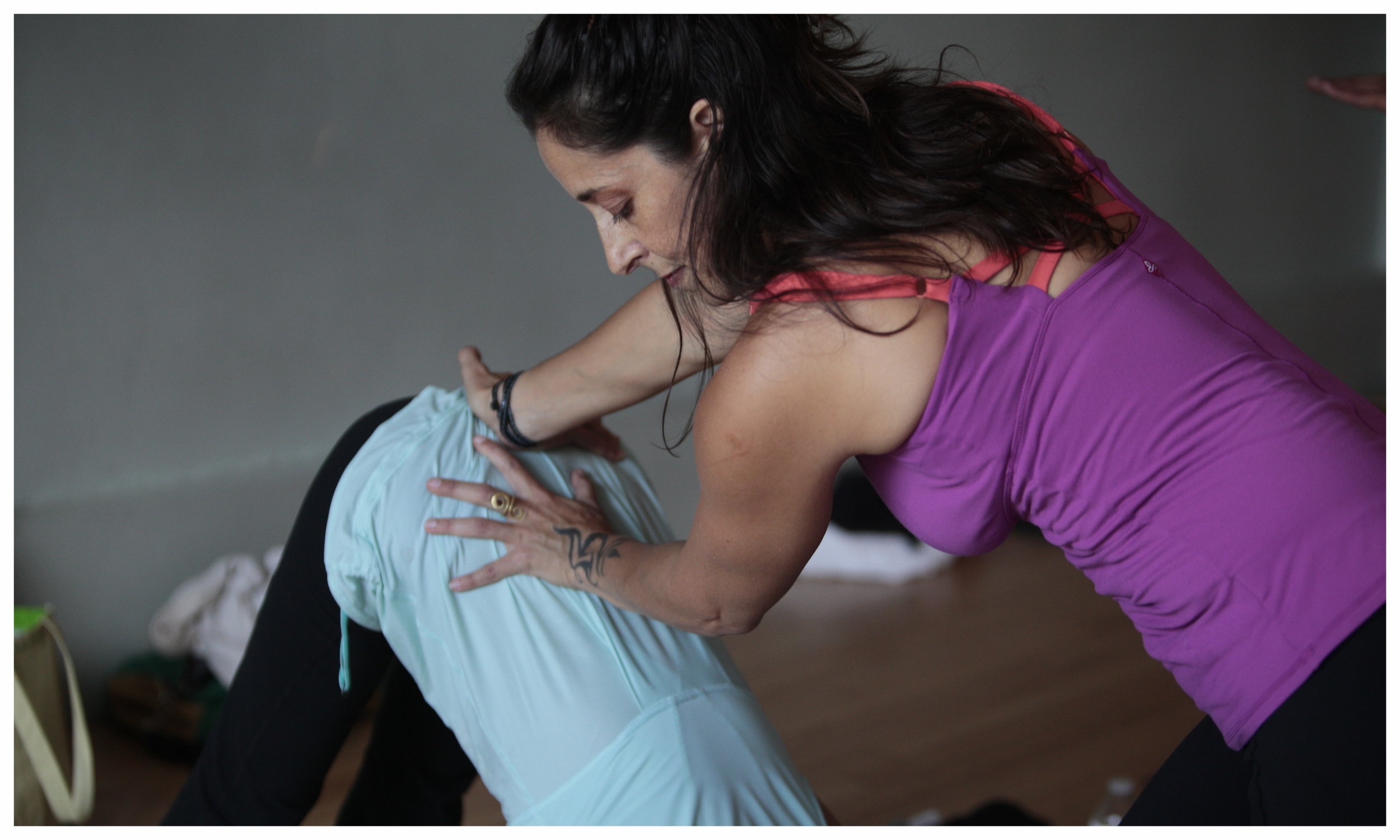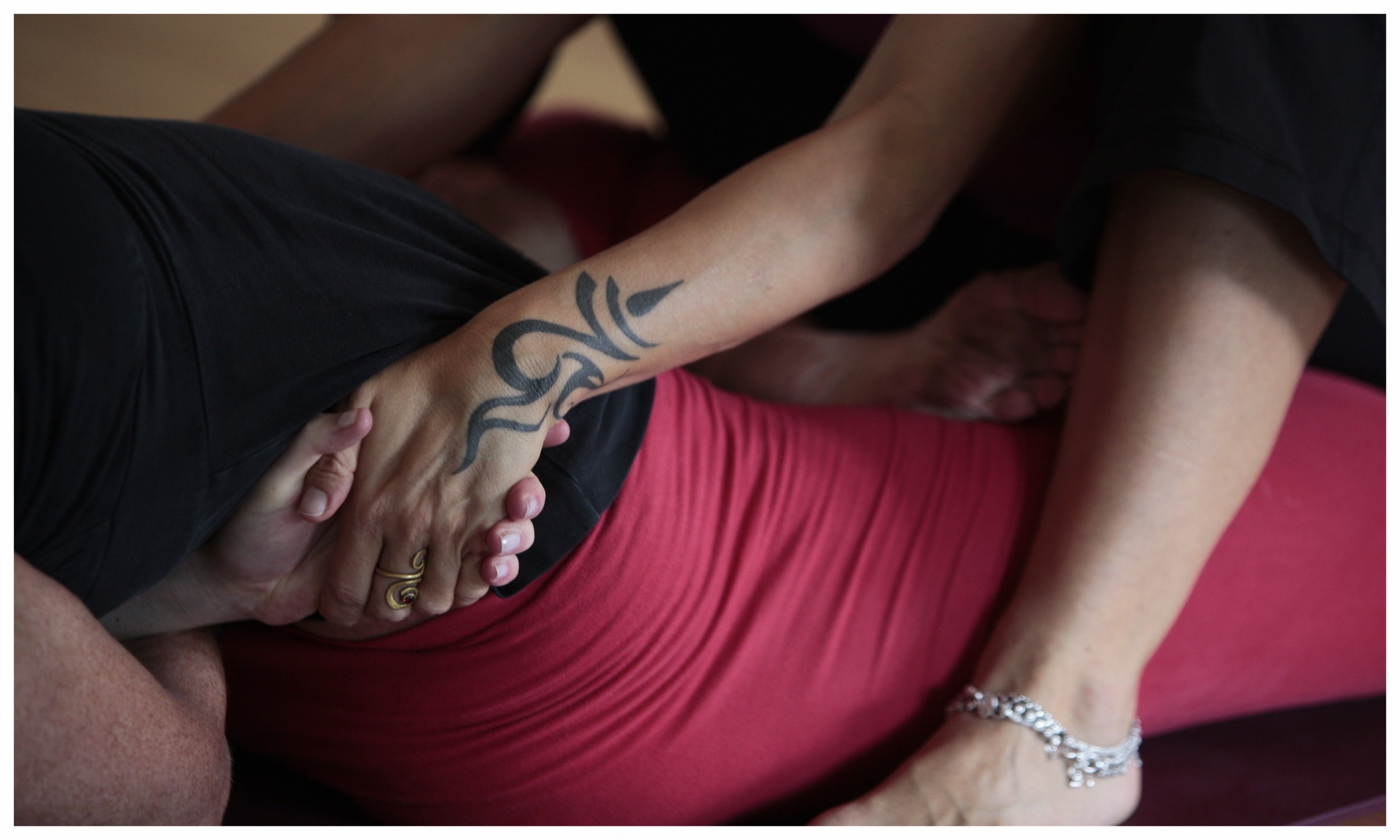
Jodi Blumstein
Jodi Blumstein has been practicing Ashtanga yoga since 1994 and has a profound connection to the practice. After studying under the world's premiere instructors (including Sri K. Pattabhi Jois), she founded Priya Yoga, Chicago's first Ashtanga/vinyasa yoga school, and served as their director for eight years.
Jodi holds a space for students that is solid and reverent while maintaining a level of levity, play, and humor. She is a teacher's teacher, and yet each student feels her precise attention, especially as they are at pivotal points in their practice. She encourages students to explore their edges both on and off the mat and facilitates transformation in both arenas.
Jodi lives in Los Angeles, where she ran the Mysore program for YogaWorks at the Center for Yoga from 2004 until March 2020. During the pandemic, she moved all of her classes online and today she is VERY happy to continue to teach students around the world, online. Jodi is offering a range of classes to support Ashtanga Yoga students at every level and loves to have direct contact with students. Additionally, she is available for private sessions (both online and in-person) and coaching and is happy to answer your direct questions as they pertain to your practice.
Work with Jodi
Jodi’s live Zoom classes and online private sessions are great ways to receive personalized instruction and deepen your practice.
Sign up for the monthly subscription for full access to Jodi’s On-Demand Library OR become a VIP subscriber and access the Library PLUS one private session a month with Jodi to guide your progress.
Schedule 15 minutes with Jodi and she will help you design a plan to find the path that will ABSOLUTELY get you results in the long term.
But this is not a quick fix or a shortcut, you do have to show up!
Online Forum
In 2021 Jodi responded to a question in an Ashtanga Yoga online forum - regarding how to practice with a knee injury. In response she hosted this zoom with over 45 students from around the world where she offered everything she knows on the topic.
live classes
-
Jodi teaches Semi-Private Mysore style groups to students of all levels in West Los Angeles every Saturday and Sunday.
Classes are capped at 6 students.
$50.

ABOUT ASHTANGA
Ashtanga Yoga is also known as Ashtanga Vinyasa Yoga. The literal meaning of the word Ashtanga is “Eight Limbs". This does not refer to any particular pose, but rather to eight essential practices —yama, moral restraints; niyama, observances; asana, posture; pranayama, breath extension; pratyahara, sensory withdrawal; dharana, concentration; dhyana, meditation; and samadhi, meditative absorption. The word Vinyasa is used to refer to the practice of aligning movement and breath. This practice allows static yoga postures to be turned into flowing, dynamic movements where the amount of time inhaling and exhaling determines how long is spent on the transition from posture to posture. Vinyasa may also refer to the movements made while transitioning from one specific pose to another. The Ujjayi breathing style of Ashtanga Yoga comprises a relaxed diaphragmatic breath, the steady cycle of which allows a mental focal point. Practices are composed of four main parts — an opening sequence, a predefined series of poses, a back-bending series, a finishing sequence and a resting pose, known as a savasana.
What are its origins?
The origins of yoga itself have been traced back to India as it was over five thousand years ago, in what is known as the Vedic period. Ashtanga Yoga was made popular by Pattabhi Jois, an Indian Brahmin who began his yoga studies with Tirumalai Krishnamacharya in 1927, at the age of 12. The practice is said to have its roots in the Yoga Korunta, which was compiled by Patanjali at some point between 200 BC and 250 CE. Legend has it that this ancient text was given to Krishnamacharya by Gurua Rama Mohan Brahmachari. There is some evidence to show that Ashtanga Yoga incorporated gymnastic and wrestling exercises from the early 20th century.
Postures to be turned into flowing, dynamic movements where the amount of time inhaling and exhaling determines how long is spent on the transition from posture to posture. Vinyasa may also refer to the movements made while transitioning from one specific pose to another. The Ujjayi breathing style of Ashtanga Yoga comprises a relaxed diaphragmatic breath, the steady cycle of which allows a mental focal point. Practices are composed of four main parts — an opening sequence, a predefined series of poses, a back-bending series, a finishing sequence and a resting pose, known as a savasana.
In the practice of Ashtanga Vinyasa Yoga, breath is united with movement and attention to create a meditative and purifying style of yoga. When practiced for a long and continuous duration, physical and mental afflictions dissolve, vibrant health and Self-awareness arise. Ashtanga Vinyasa Yoga is the source of most all vinyasa, power and flow style yogas that are popular in the West today.
Mysore-Style Ashtanga Yoga is a traditional method of practice in which students practice at their individual pace while being supervised and adjusted by the teacher. New postures are taught sequentially to the student as individual strength, proficiency, commitment and humility evolve
Connect: @Jodi_blumstein
